Top 10 Foods Highest in Fructose
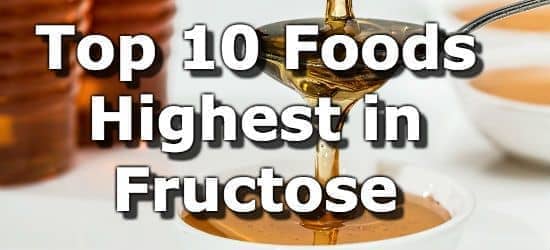
Fructose is a simple sugar, or monosaccharide, typically found in fruit, some vegetables, and honey.
Fructose along with glucose forms the commonly eaten 'table sugar' or sucrose that we are all familiar with. High-fructose corn syrup (HFCS) is now added to many processed foods, especially in the US, as an inexpensive 'bulk-sweetener'.
Fructose is often added to food because it is both cheap and enhances taste. Potential health effects of added fructose include obesity, increased LDL cholesterol, gout, and non-alcoholic fatty liver disease. (1) More studies are needed to determine whether fructose is to blame, as many other components of these processed foods are unhealthy. (1)
It should be noted that naturally occurring fructose in fruits is not the problem here. Fruits are beneficial to health, being an excellent source of fiber, vitamins, and antioxidants.
People with a rare condition called hereditary fructose intolerance, or those with fructose malabsorption may have to limit their consumption of fructose from all sources, including high-fructose fruits. The list below, therefore, includes all high-fructose foods, both naturally occurring and processed.
Foods high in added fructose include sauces, salad dressings, sugary drinks, colas, yogurt, baked goods, and fast foods. Foods naturally rich in fructose include honey, molasses, agave, dried fruits, fruits, and fruit juices. (2) Below are the top 10 foods highest in fructose. For more, see the extended list fructose rich foods.
-
Up to 7.4% Fructose
 1. Fruit Juices (Grape Juice)
1. Fruit Juices (Grape Juice)
Fructose per 16oz Glass Fructose per 100g 37.2g (9 tsp) 7.4g (1.8 tsp) More Fruit Juices High in Fructose
- 31.8g per 16oz glass of pomegranate juice
- 30.6g per 16oz serving of a Naked Green Machine smoothie
- 28.4g per 16oz glass of apple juice
-
Up to 5.8% Fructose
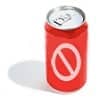 2. Sugary Soft Drinks (Cola)
2. Sugary Soft Drinks (Cola)
Fructose per 16oz Bottle Fructose per 100g 28.7g (7 tsp) 5.8g (1.5 tsp) More Soft Drinks High in Fructose
- 25.5g per 16oz bottle of Sprite
- 18.1g per 16oz bottle of ginger ale
- 4.2g per 8oz can of Red Bull
See all drinks high in fructose.
-
Up to 27% Fructose
 3. Dried Fruit (Sweetened Cranberries)
3. Dried Fruit (Sweetened Cranberries)
Fructose per 1/4 Cup Fructose per 100g 10.8g (2.7 tsp) 27g (7 tsp) More Dried Fruit High in Fructose
- 10.8g in a 1/4 cup of dried sweetened cranberries
- 7.7g in 1 medjool date
- 5.5g in 3 dried figs
- 3.7g in 3 prunes
- 3.5g per oz of dried apricots
-
Up to 6.4% Fructose
 4. Fruits (Pears)
4. Fruits (Pears)
Fructose per Cup Fructose per 100g 9g (2.2 tsp) 6.4g (1.6 tsp) More Fruits High in Fructose
- 8.3g per cup of cherries
- 7.8g per cup of sliced kiwifruit
- 7.7g per cup of mangos
- 7.4g per cup of apples
- 7.3g per cup of sliced bananas
See all fruits high in fructose.
-
Up to 40.9% Fructose
 5. Honey
5. Honey
Fructose per Tblsp Fructose per 100g 8.6g (2.1 tsp) 40.9g (10 tsp) - 3.8g per tsp of agave
- 2.6g per tblsp of molasses
-
Up to 4.4% Fructose
 6. Sweetened Fruit Yogurt
6. Sweetened Fruit Yogurt
Fructose per 5oz Container Fructose per 100g 6.7g (1.7 tsp) 4.4g (1.1 tsp) -
Up to 4.6% Fructose
 7. Apple Pie
7. Apple Pie
Fructose per Slice Fructose per 100g 6g (1.5 tsp) 4.6g (1.1 tsp) More Baked Foods High in Fructose
- 2.9g in 1 bagel
- 1.6g in a dinner roll
- 1.5g in a hot dog roll
-
Up to 1.7% Fructose
 8. Burger King Whopper
8. Burger King Whopper
Fructose per Burger Fructose per 100g 5.2g (1.3 tsp) 1.7g (0.4 tsp) More Fast Foods High in Fructose
- 5.4g in a Subway chicken teriyaki sandwich
- 4.9g in 1 slice of Digiorno frozen pizza
- 4.4g in 1 packet of McDonalds Sweet n Sour Sauce
Most of the fructose in fast foods comes from the sauces (ketchup, mustard, BBQ, teriyaki, etc...)
See all Fast Foods High in Fructose.
-
Up to 2.3% Fructose
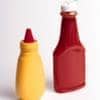 9. Sauces (Pasta Sauce)
9. Sauces (Pasta Sauce)
Fructose per 1/2 Cup Fructose per 100g 3g (0.7 tsp) 2.3g (0.6 tsp) More Sauces High in Fructose
- 2.4g per tblsp of KFC BBQ Sauce
- 1.5g per tblsp of ketchup
- 1.4g per 1/4cup of basil pesto
See all soups and sauces high in fructose.
-
Up to 12.5% Fructose
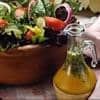 10. Salad Dressings (French)
10. Salad Dressings (French)
Fructose per Tblsp Fructose per 100g 2g (0.5 tsp) 12.5g (3.1 tsp) The amount of fructose in salad dressings will depend on the amount of high fructose corn syrup (HFCS) used, or if another fruit-based sweetener is used.
Printable One Page Sheet
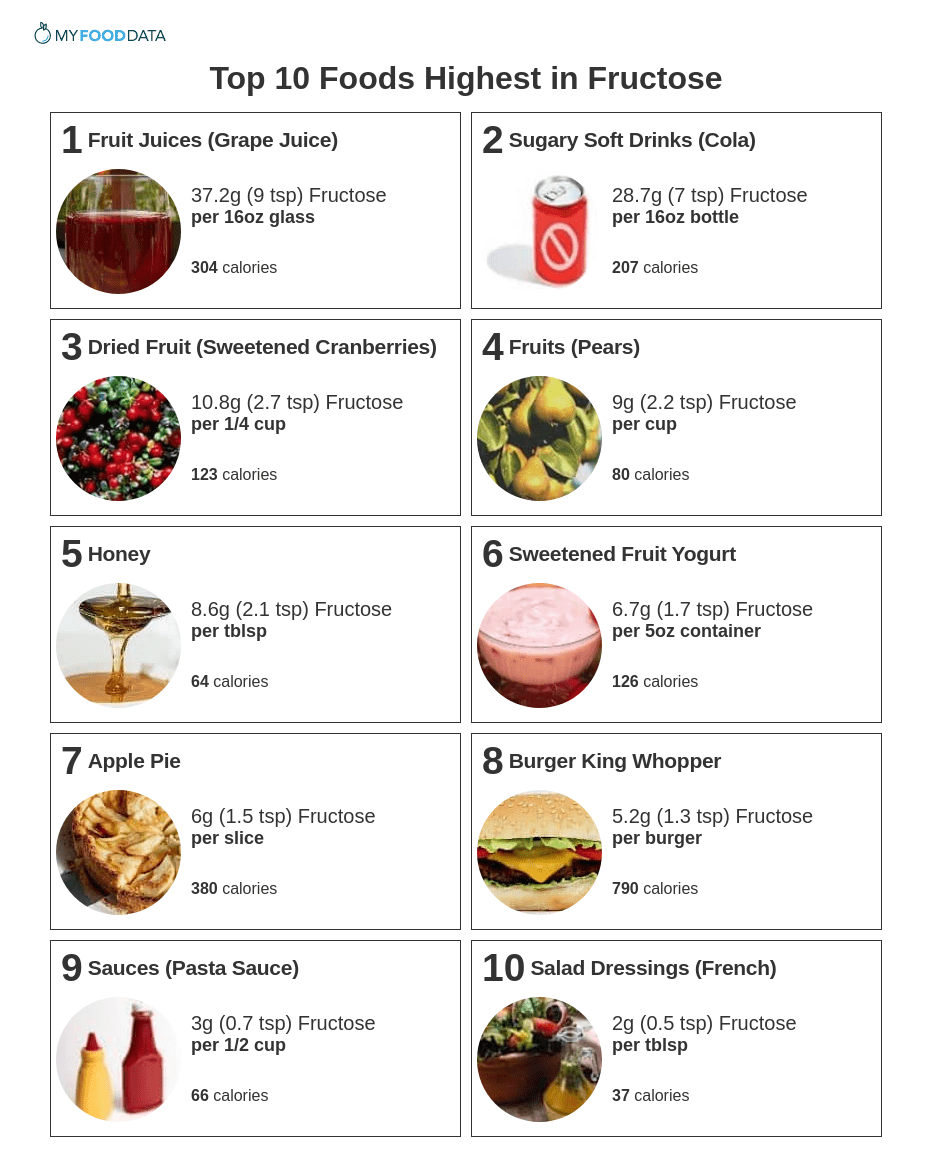
More Fructose Rich Foods
| Food | Serving | Fructose |
|---|---|---|
| 1. Mamey Sapote | 1 cup chopped | 13.4g (3.4 tsp) |
| 2. Cherimoya | per fruit | 10g (2.5 tsp) |
| 3. Persimmon | per fruit | 9.3g (2.3 tsp) |
| 4. Dessert Wine | per 5oz glass | 7.6g (1.9 tsp) |
| 5. Baked Beans | per cup | 4g (1 tsp) |
| 6. Sesame Chicken | per 9 pieces | 3.8g (1 tsp) |
| 7. Horchata | per 8oz cup | 3.5g (0.9 tsp) |
| 8. Taco Bell Taco Salad | per salad | 3.4g (0.9 tsp) |
| 9. Rose Wine | per 5oz glass | 3.2g (0.8 tsp) |
| 10. Tomato | per cup cooked | 3.1g (0.8 tsp) |
| 11. Sweet Corn | per cup cooked | 2.8g (0.7 tsp) |
| 12. Coleslaw (Fast Food) | per cup | 2.8g (0.7 tsp) |
| 13. Bell Peppers | per cup | 2.7g (0.7 tsp) |
| 14. Red Cabbage | per cup chopped | 1.3g (0.3 tsp) |
| 15. Broccoli | per cup cooked | 1.2g (0.3 tsp) |
About the Data
Data for the curated food lists comes from the USDA Food Data Central Repository.
You can check our data against the USDA by clicking the (Source) link at the bottom of each food listing.
Note: When checking data please be sure the serving sizes are the same. In the rare case you find any difference, please contact us and we will fix it right away.
From the Nutrient Ranking Tool
Use the ranking tool links below to select foods and create your own food list to share or print.
- Foods High in Fructose
- Foods Low in Fructose
- Vegetables High in Fructose
- Fruits High in Fructose
- Vegetarian Foods High in Fructose
- Fast Foods High in Fructose
View more nutrients with the nutrient ranking tool, or see ratios with the nutrient ratio tool.
Related
Data Sources and References
- Health implications of fructose consumption: A review of recent data. Nutr Metab (Lond). 2010; 7: 82. Published online 2010 Nov 4. doi: 10.1186/1743-7075-7-82
- U.S. Agricultural Research Service Food Data Central
Try the recipe nutrition calculator, or daily meal planner.
Create a free account to log and track foods.

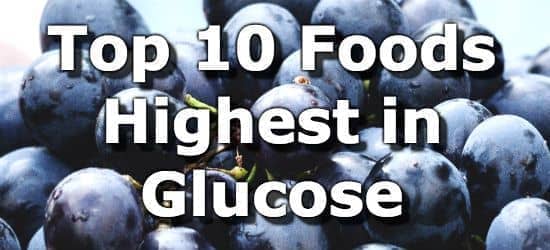 Next ➞
Next ➞